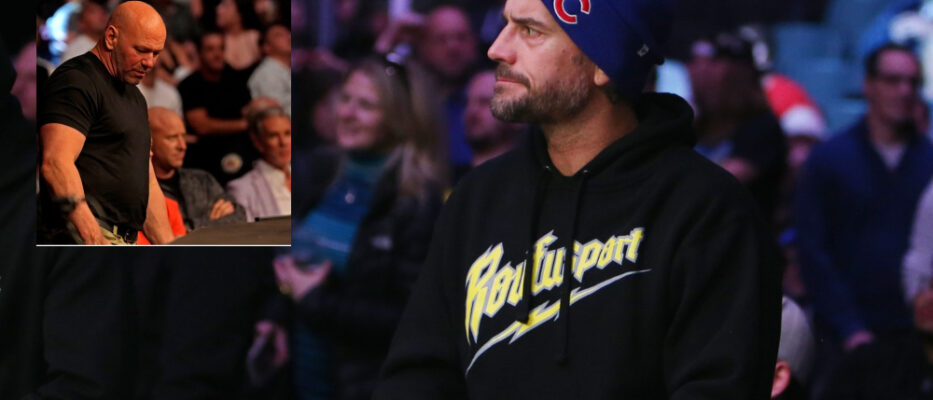
UFC’s Dana White Grapples with Fighter Pay Transparency: CM Punk’s Salary Sparks Controversy
In the high-stakes world of the Ultimate Fighting Championship (UFC), fighter salaries are often a closely guarded secret. However, recent unsealed documents from a UFC antitrust lawsuit have shed light on this secretive aspect, particularly focusing on the reaction of UFC President Dana White to the backlash over the salary of Phil Brooks, better known as CM Punk, a former WWE champion who made a high-profile switch to MMA.
The Prelude: A Policy of Secrecy
Dana White, known for his assertive leadership of the UFC, had a clear stance as of 2017: fighter pay would remain undisclosed unless publicly misrepresented. This policy was highlighted during a dispute involving UFC Hall of Famer Randy Couture in 2007. Despite White’s public denial of Couture’s claimed earnings, internally, the UFC seemed cautious about salary information becoming public knowledge.
CM Punk’s Controversial Paycheck
CM Punk’s entrance into the UFC was met with mixed reactions, primarily due to his lack of professional fighting experience. The controversy further intensified when details of his lucrative contract emerged. Punk’s contract, as revealed in the lawsuit documents, included a flat $500,000 payment, potential pay-per-view bonuses, and other financial incentives – a compensation package that placed him near the top of the UFC’s pay scale.
Industry Implications and Fighter Reactions
The revelation of Punk’s salary sparked discontent among other UFC fighters. High-profile athletes like Cat Zingano and Rafael dos Anjos expressed their dissatisfaction on social media, questioning the fairness of the pay structure within the organization. This situation underscored the ongoing debate over fighter compensation in the UFC, where many argue that the pay often doesn’t match the athletes’ dedication and risks involved in the sport.
Behind-the-Scenes Strategies
The lawsuit documents also revealed internal UFC communications, highlighting the efforts of figures like former matchmaker Joe Silva and current matchmaker Sean Shelby in managing both the compensation and the perception of fighter pay. This included strategies to align public perception with the organization’s financial interests, further illustrating the complex dynamics of fighter compensation within the UFC.
The Bigger Picture: UFC’s Market Dominance and Its Cost
Central to the antitrust lawsuit is the argument that the UFC’s practices, including its handling of fighter pay, contribute to its market dominance at the expense of the athletes. With potential damages exceeding $1 billion, the outcome of this case could have significant ramifications for the UFC and its fighters. The trial, set for April, will be a critical moment in determining the future landscape of fighter compensation and market practices in elite MMA.
In conclusion, the unsealing of these documents offers a rare glimpse into the inner workings of the UFC, particularly regarding its approach to fighter pay. As the sport continues to grow, the balance between maintaining its competitive edge and ensuring fair compensation for its athletes remains a contentious and evolving issue.











